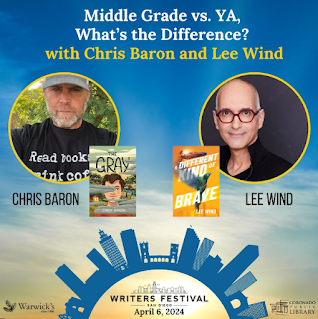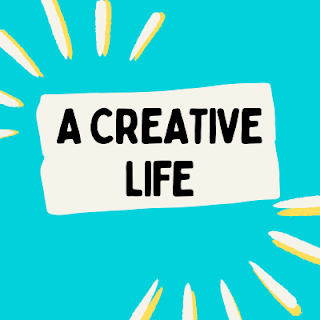A lot of people think that writing is the hardest part of a KidLit creator's job. For some, they may be right. But for others, it’s the rejection. Agent rejections, losing a contest, editor passes, the list goes on. They are called the querying trenches for a reason…this is not a dramatic name. It’s descriptive and honest.
The amount of rejection has always been tough for me and my mental health, and I know I’m not alone. How do you keep yourself happy and thriving through all of this? I reached out to several successful authors that I look up to, and asked for their advice.
Here’s a roundup of what they had to say:
Like all writers I know, there are times--even now, after writing 38 books, including five national bestsellers--when I look at the blank page and freeze: I am not worthy. I can't believe in myself enough to write this book. I can't trust myself to do this story justice. It happens to all of us. But that's OK. When I can't believe in myself, I can believe in my teachers: in the animals and places and people who allowed me to watch their lives, listen to their stories, and receive their wisdom. I can believe in the story THEY have to tell. And that gives me the strength to go on with the audacious task of writing a book. The book is not about me, even though I may be in it. Even if the book is a memoir, the book is not about me--but the generous, beautiful, and even sometimes scary lives and forces that shaped me. And the story's strength will not come from me. It comes from them--and I can believe in them when I can no longer believe in me. They are the stronger force, and it's their story, their lessons, their dramas, that will carry the day!
I get asked all the time, “How do you get a book published?” And every time, it takes me back to when I was starting with my art.
I’ve never forgotten the struggles I went through, the rejection, the defeat, and how I wanted to give up. So no matter how many times I get asked, I wish I had the perfect answer for everyone. But we all know that’s not possible, so here are a few tips that I hope might help and guide you based on my own experience. I will say that after years of “being a struggling artist,” I got my lucky break when an editor approached me after seeing some of my original art and licensed products at a trade show in NYC. I was lucky I hadn’t quit all those times earlier because there is no doubt I wanted to. (hint, hint)
The best advice I can give is no matter what idea you have for a book, think about what makes your book different. Keep asking yourself, “Why would someone want to read it or share it with others?” If I were starting now, I would pursue all fronts. It’s no doubt the internet has opened many doors if you have enough time and patience. Whether it’s sending manuscripts to publishers that accept them or discovering an excellent source to hone your skills, get feedback, or get the advice of others on publishing and sharing your material.
I would also explore a literary agent, not just anyone, but someone who connects with your ideas. With social media channels and your immediate network of contacts, you might just be surprised who you (or your friends) might already know who can connect you to someone in this field, beyond just emailing.
There is always self-publishing. I know it might not always be the easiest, but with more resources becoming available online, the option to really be creative has never been more within reach.
It doesn’t matter how you go about it as long as you always believe in yourself, and it only takes one yes.
As writers we face rejection in so many ways, so why let publishers get all the glory? Rejection from publishers, people listening to or reading our stories, children, magazines, and, often most of all...ourselves! So if everyone else is going to reject us, we have to be our biggest cheer squad. Our biggest believer. And write for joy. Have a goal of enjoying your writing, of giving it everything you have, of writing the best story you possibly can, so even if it is rejected, you have succeeded. And if you keep succeeding like that, it won't be long before someone in publishing will sit up and take notice.
I consider a rejection merely an invitation to move on, not a full stop. It's the length of time it takes to say a simple NO I find annoying.
Join SCBWI. Find an agent if you can. And, prepare for the long haul... nothing happens quickly in publishing. And remember, rejection is about the writing--no one is criticizing how you look or how you walk across the stage, nor your weight, or your way of dressing. Sing! (Think what actors trying out for a part in a production go through!).
I have read these answers over and over and they will never stop inspiring me. I am grateful, from the bottom of my heart, for these words. I felt so lucky to get such thoughtful responses from these amazing authors, and I’m honored to be able to share their words with you. They have brought me so much joy and hope. I feel more invigorated than ever! I hope that you will take as much from them as I have.
And I want to hear from you too! Please connect with me on social media and share, what do you do to stay positive on this journey? How do you keep your writing heart full?
Hugs and happy writing to you!
Ashley's debut picture book The Balloonimals will be published in 2025. She is a former journalist and marketing executive with an MFA in Writing. Ashley has written for various magazines and newspapers, along with a top 10 market television station. She lives in the Boston area with her husband, daughter, and fur baby.






























